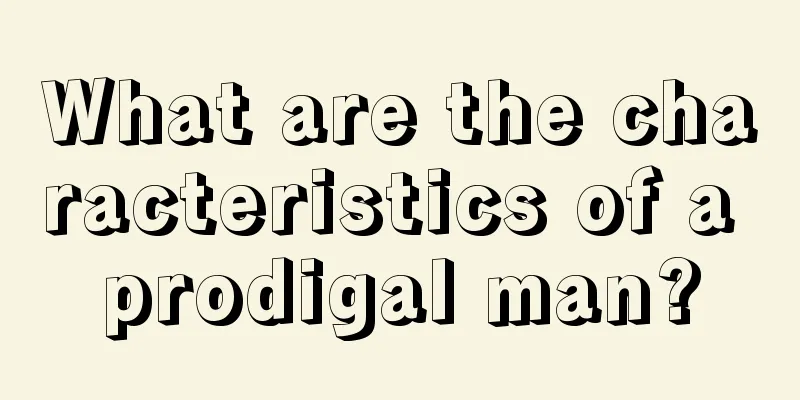Bitcoin Inscription Added to US National Vulnerability Database

|
The National Vulnerability Database (NVD) labeled Bitcoin Inscription a cybersecurity risk on Dec. 9, calling attention to the security flaws that led to the development of the Ordinals protocol in 2022. According to the database records, in some versions of Bitcoin Core and Bitcoin Knots, it is possible to bypass data carrier restrictions by masking the data as code. "As inscribed in the wild in 2022 and 2023," the document reads. Being added to the NVD list means that a specific cybersecurity vulnerability has been identified, catalogued and deemed important for public awareness. The database is managed by the National Institute of Standards and Technology (NIST), an agency within the U.S. Department of Commerce. Bitcoin vulnerabilities are listed in the Common Vulnerabilities and Exposures (CVE) system. Source: CVE log. Bitcoin’s network vulnerability is currently being analyzed. As a potential impact, it could cause a large amount of non-transaction data to flood the blockchain, potentially increasing the size of the network and adversely affecting performance and fees. On the NVD’s website, a recent post by Bitcoin Core developer Luke Dashjr on X (formerly Twitter) is cited as an information resource. Dashjr claims that Inscription exploited a Bitcoin Core vulnerability to spam the network. “I imagine it’s like getting spam and having to sift through it every day to find your contacts. This slows down the process,” one user wrote in the discussion. Why is it relevant to Ordinals?Inscription consists of embedding additional data into a specific Satoshi (the smallest unit of Bitcoin). This data can be in any digital form, such as an image, text, or other form. Every time data is added to a Satoshi, it becomes a permanent part of the Bitcoin blockchain. While data embedding has been part of the Bitcoin protocol for some time, its popularity has only increased with the advent of Ordinals in late 2022, which allows unique digital art to be embedded directly into Bitcoin transactions, similar to how non-fungible tokens (NFTs) run on the Ethereum network. In 2023, Ordinals transaction volume clogged the Bitcoin network several times, leading to more competition to confirm transactions, which increased fees and slowed processing times. If the bug is patched, it has the potential to restrict Ordinals inscriptions on the network. When asked if Ordinals and BRC-20 tokens “will no longer exist” if the vulnerability is fixed, Dashjr responded: “Correct.” However, due to the immutable nature of the network, existing inscriptions will remain unchanged. |
<<: One month left?! A review of the latest progress of 13 spot Bitcoin ETF proposals
>>: Hostile to crypto assets? The IMF's evolving attitude towards crypto asset regulation
Recommend
A woman with a gentle face
A woman with a gentle face In the eyes of men, th...
ETH: We are all brothers, so don’t argue about which one is the official fork
$ETHW has the support of most mining pools and se...
How to read the fortune from the palm lines
If you observe carefully, you can find that there...
How to read the palmistry fingerprint bucket and dustpan
If we observe carefully, we will find that some o...
Why do you cherish people with moles on the back of their necks?
People with moles on the back of their necks have...
What does it mean if you have moles on the soles of your feet or toes?
Everyone has a few moles on their body. Moles on ...
Breaking news: Ebang, a mining machine manufacturer preparing for a US stock listing, has been criminally prosecuted!
On December 9, mining machine manufacturer Ebang ...
White House official: Trump wants to buy more Bitcoin
On March 14, according to multiple attendees, at ...
Illustration of palmistry with broken palms Illustration of palmistry with broken palms
Palmistry of broken palm, palmistry of broken pal...
Will Bitcoin mining consume all the world's electricity by February 2020?
Recently, the continued surge in Bitcoin prices h...
Ripple's presentation at the Money 20/20 Summit
Last week, Ripple attended the Money 20/20 summit...
Mole location and destiny - what does it mean if a woman has a mole on her chin
The mole on the chin represents a person's po...
Detailed Explanation of the Sixty-Four Hexagrams_Hexagram 23: Mountain Peeling
In ancient times, Zhouyi was the academic discipl...
What does a mole on the mouth mean?
In the culture of moles, different moles have the...
What does it mean when a man has a mole at the end of his right eyebrow? Is this a sign of good fortune for the wife?
Physiognomy has been an important dimension for a...









